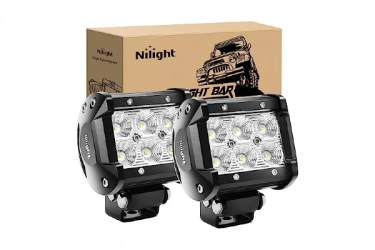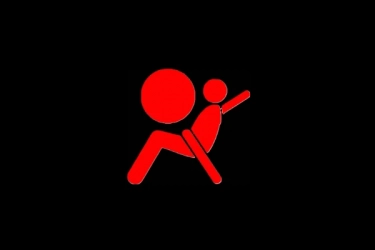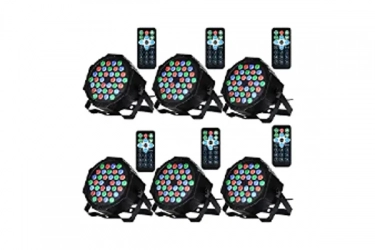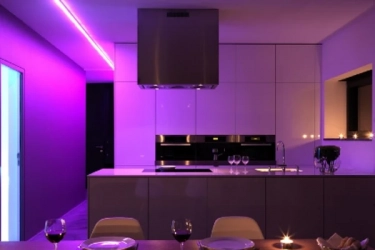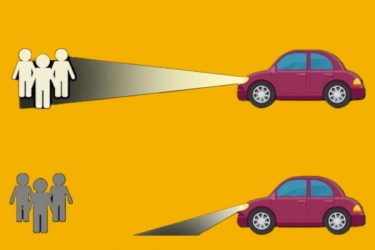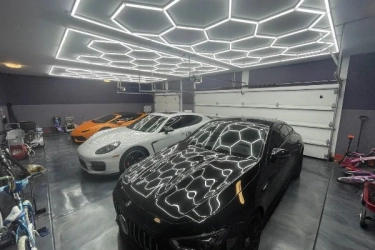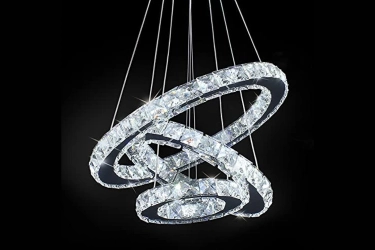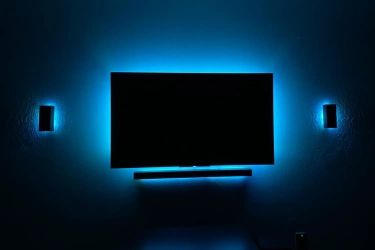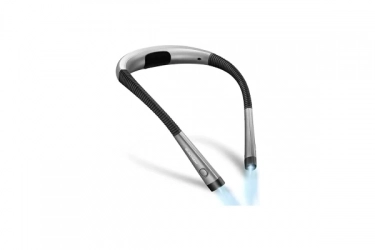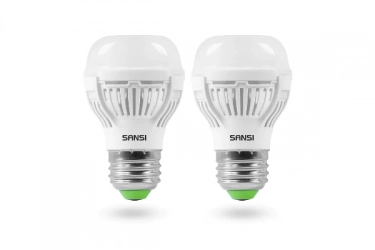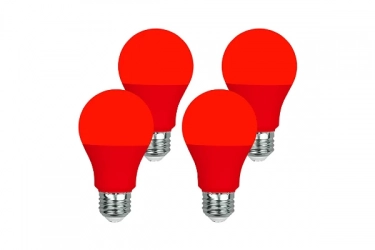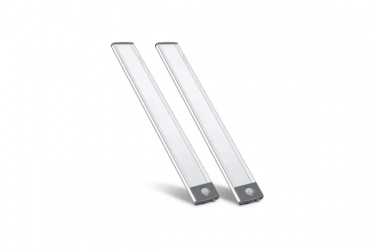We independently research, test, review, and recommend the best products. If you buy something through our links, we may earn a commission.
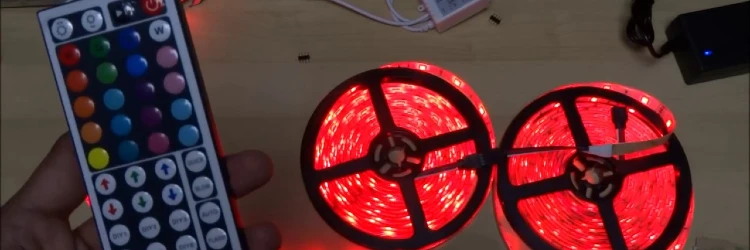
Top Ways To Connect Led Lights Strips Together
LED light strips are great. These days, they are inexpensive, simple to implement, and controlled by remote, in-line switches, or even smartphones. The fact that you can easily alter the length of the strip you desire is one of the key factors contributing to LED Strip Lights' attractiveness.
There are single-color LED strip choices (Red, White, Blue, etc.) available where each LED in the strip is the same color. They are also offered in fancy RGB versions, where you can use a little remote control to adjust the color of your choice, modify the brightness, and select other modes like fade, flash, and run LEDs.
This guide contains step-by-step instructions on how to connect led lights together. This article is helpful for people who might buy several sets of lights from various brands or from a single brand that might not have the right connections. You frequently get two light strands without any method to join them sequentially.
Can Multiple LED Strip Lights Be Connected Together?
Yes, it is the answer. However, there are several matters that you must attend to. As we go, we'll check in on them.
- You don't need to worry about anything else if you've already cut the LED strip and wish to reconnect the LEDs to the same strip. All you have to do to keep using the prolonged LED strip lights is to adhere to one of the solutions we've listed below.
- Suppose one is an RGB LED strip while the other is a single-color LED strip. Since the LED Strips in this situation are fully incompatible with one another, you cannot connect them.
- What should you do if you have strips from two different brands? You can link two LED Strips from various brands if they are interoperable with one another, meaning they both have the same design and are rated for the same voltage.
- Before connecting LED lights together, voltage is another crucial factor to take into account. Since some strips run on 5V DC while others run on the more common 12V DC. Although 24V and greater voltage strips are available, 12V strips are much more common.
How To Connect Led Lights Together
There are a few ways you can use how to connect LED lights together. Let's look at different methods for connecting led strips of light together.
Use Connectors
Gapless Pin Connector
You may create a continuous string of LED light without a noticeable gap by using gapless pin connectors. Different pin counts may be used for various LED strip lamp brands and designs. Although 2-pin and 5-pin connectors can also be found, 4-pin connectors predominate. The width and size of your strip light are other things to keep in mind. The majority will be 3/8′′ or 10mm but check the brand's requirements to make sure.
Jumper Cords Connectors
In contrast to gapless pin connections, these flexible jumper wires create a little wired gap between each segment of the strip light. Those openings are ideal for slanted turns around corners or for tiny openings beneath kitchen cabinets.
Solder Two Strips
Depending on your level of competence, soldering two LED strips together might be either extremely simple or quite challenging. We advise using this method if you are comfortable soldering and have the required tools/equipment and practical expertise.
Verify the orientation of the copper pads just on LED Strips before soldering. There are only two pads in the case of a straightforward single LED strip: one for the positive terminal and another for a negative supply. Don't forget to connect the positive with one strip to the positive of the next, and vice versa.
Small amounts of solder should be applied to each copper pad. One strip should just barely touch the other before being soldered together. It is incredibly easy. You must exercise a little more caution when connecting an RGB LED strip to another RGB LED strip that is compatible. This is due to the fact that a typical RGB LED strip will have four copper pads in the same location as the single-color strip's two copper pads.
As a result, copper pads get a little bit smaller, which makes soldering a little bit more challenging (but not impossible). You must, as usual, line up the pads on both LED Strips. Using the proper soldering tip makes soldering simple. Nevertheless, the process is the same for separate and RGB LED strips: verify the strips' compatibility, properly align the copper pads, then connect the strips together.
How To Connect Multiple Strip Lights In Step-By-Step Order?
A Quick Step-by-Step Guide for Connecting Multiple Strip Lights is provided here.
- Before beginning, unplug your strip lighting.
- Take accurate measurements. "Measure twice, cut once," as they say.
- Cut the copper part along the marked cut line using regular craft scissors. Your strip light has this copper section spaced out every few inches.
- There should be an equal number of copper sections left over for each strip of lighting. Your connector pins require this in order to function.
- Peel back any adhesive backing to provide a clean connection, and have your little plastic gapless / jumper connection ready.
- Gently insert each segment of the light strip into the connector.
- Snap the strip lights into position using the little clamps on the connector.
- Make sure the correct direction is pointing out on both sides of the strip light. Voltage cannot flow until the polarity is correct.
- Check for lights on both sides of the connector after plugging in your strip lights.
- Check the voltage and invert the strip light if necessary if the new part of the strip light is not producing any light.
- Connect it with a switch, Checkout how to wire a light switch for better results…


